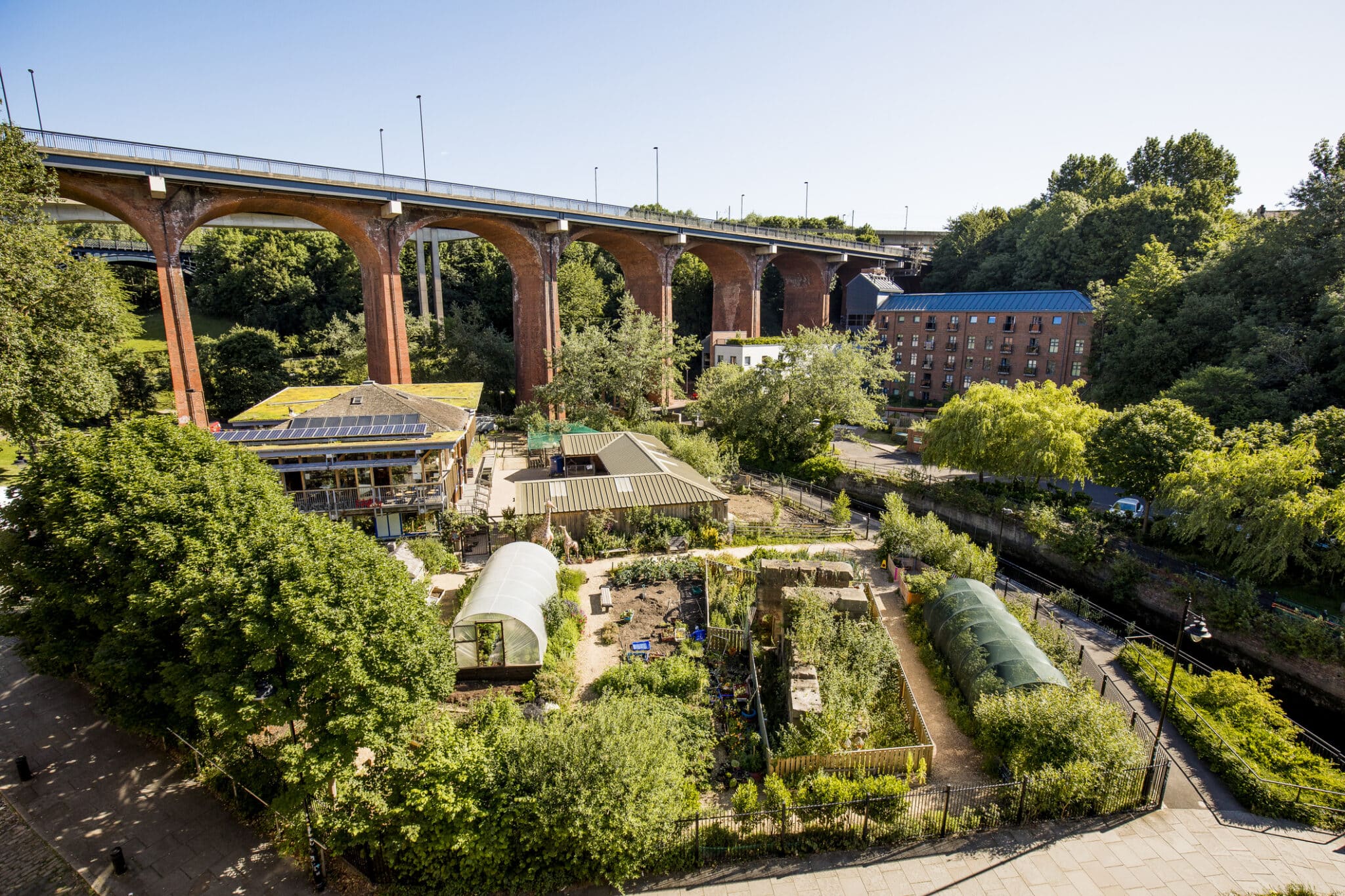City Blooming Fundamentals Explained
City Blooming Fundamentals Explained
Blog Article
The Only Guide to City Blooming
Table of ContentsRumored Buzz on City BloomingNot known Incorrect Statements About City Blooming City Blooming Things To Know Before You BuyGet This Report about City BloomingThe Definitive Guide to City Blooming
Fascinated in expanding food for sale in the City of Chicago? Below is a checklist of often asked questions pertaining to the policies and policies that farmers must think about when preparing a metropolitan agriculture task.
The zoning change does not change any various other codes dealing with composting, structure authorizations, buying or leasing City possessed building, business licenses or ecological contamination. There are existing codes that manage these concerns and they stay in full result and might be relevant to your task. Community yards are normally possessed or handled by public entities, civic organizations or community-based organizations and kept by volunteers.
Urban ranches grow food that is meant to be offered, either on a nonprofit or for-profit basis. Due to their commercial purpose, city farms call for an organization certificate.
The Only Guide for City Blooming
The amount of compost product can not exceed 25 cubic yards at any provided time according to the standards in 7-28-715 of the City's Municipal Code. Due to the fact that the soil at most brand-new garden websites needs modifying, compost, dirt, timber chips, or various other products can be obtained to create or boost the expanding space.

If a structure license is needed then the hoophouse will be thought about an accessory structure. You can learn even more concerning the structure license requirements by getting in touch with the Department of Structures. The 25,000-square-foot dimension limit is intended to stop a single area yard from controling a given block or diminishing the block's existing domestic or commercial personality.
The limitation does not use to yards found in Public Open Room (POS) districts. Can there be even more than one neighborhood yard that is 25,000 square feet on a solitary block? Secure fencing is not needed, however, gardens that have huge car park areas might be called for to set up secure fencing or other landscape design features.
City Blooming - An Overview
B1 & B2 areas require that all business usage activities be performed inside your home. Is fence needed for urban ranches? Fencings might be needed, along with landscape design and testing, for certain car park areas and outdoor job or storage locations depending on area and the specific activity taking area.
Yes. Urban ranches call for building authorizations and zoning approvals prior to building. Various other types of city review may be needed relying on specific structures, tasks, dimension, landscaping, licensing, public heath and stormwater monitoring issues. Numerous of these demands are identified in the project style or permitting process, nonetheless, the candidate may be navigate here liable to separately recognize specific licenses or permits that may be required.
Yes. The kind of permit is established by what is happening at the site. The Division of Business Matters and Customer Defense can assist determine the specific kind of company license that's needed. Yes. Off road vehicle parking is needed for many commercial tasks in Chicago. The required number of car parking areas is based on the number of employees dealing with site and not the square footage of the expanding space.
Not known Facts About City Blooming

Yes. An urban ranch can offer garden compost material produced on site, however, the procedure needs to abide by the policies in 7-28-715 of the Chicago Municipal Code. Yes. Aquaponic systems are allowed inside your home on metropolitan ranches in numerous zoning areas. However, a zoning testimonial and building license is required in order to install structures or systems and a business permit is required as defined above.
As much as 5 hives or colonies of honey bees may be kept as an accessory usage. Beekeepers need to sign up with the Illinois Department of Farming. For even more information regarding the recommended zoning amendment you may speak to the Department of Housing and Economic Growth, Bureau of Preparation and Zoning at 312.744.8563.
, which takes location in rural locations at the side of suburban areas.
The 6-Second Trick For City Blooming
, who seek to form social networks established on a shared values of nature and area holism. These networks can establish by method of formal institutional assistance, ending up being integrated right into neighborhood town planning as a "transition town" activity for lasting urban growth.
Some of the very first proof of metropolitan agriculture comes from Mesopotamia.
Report this page